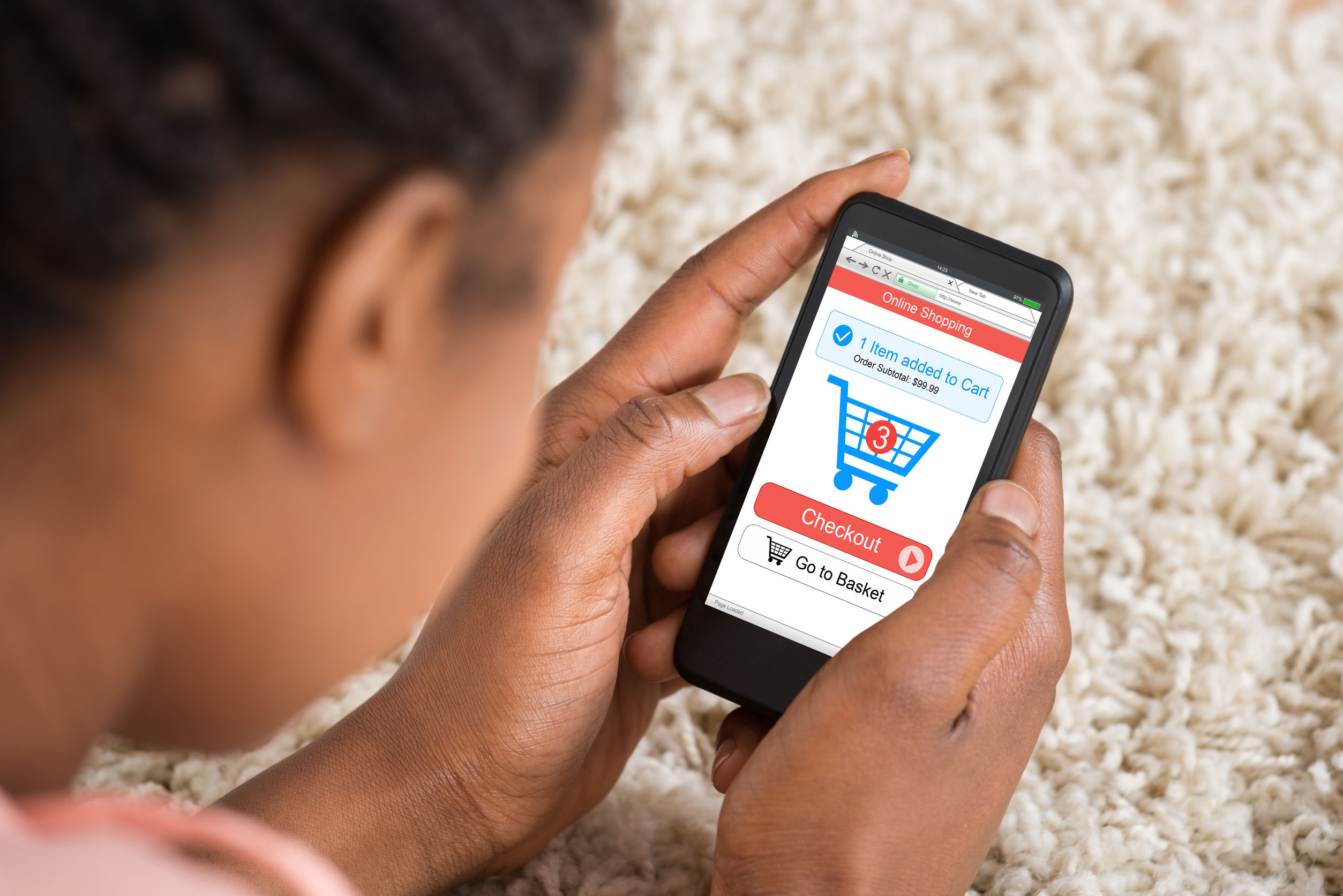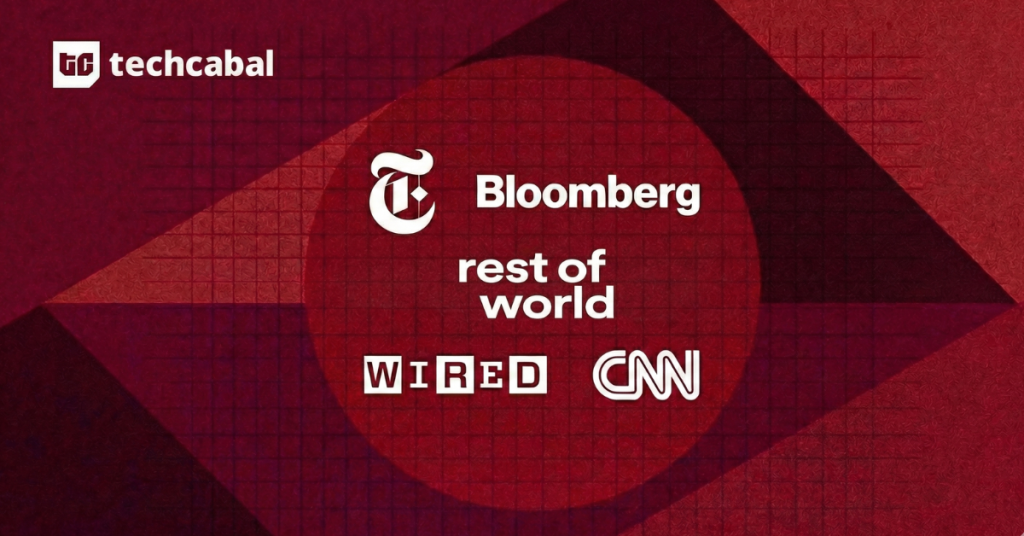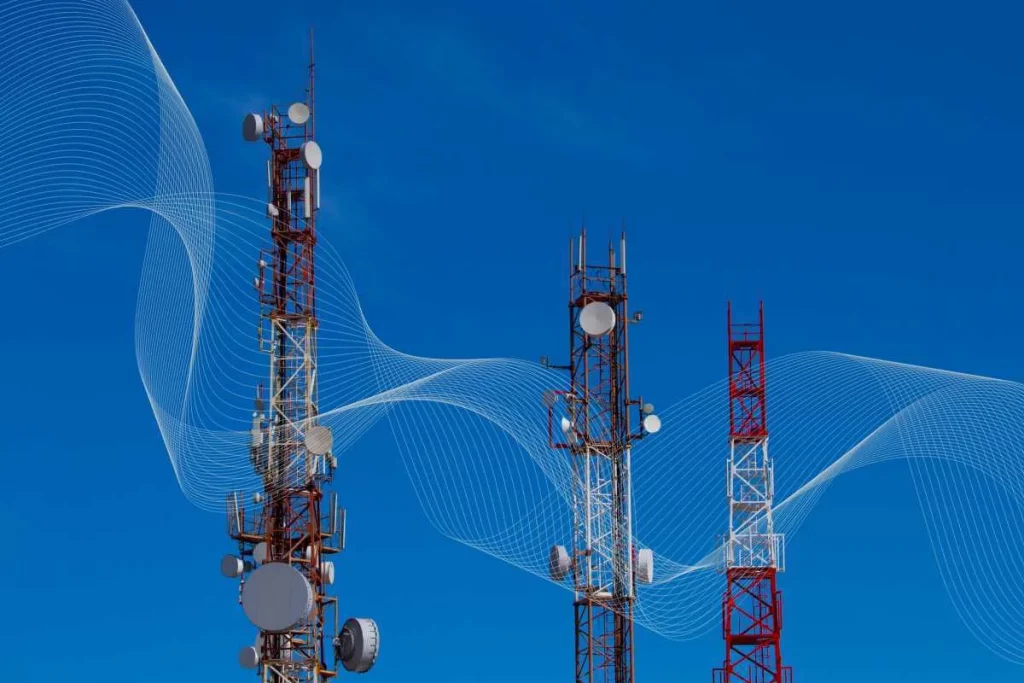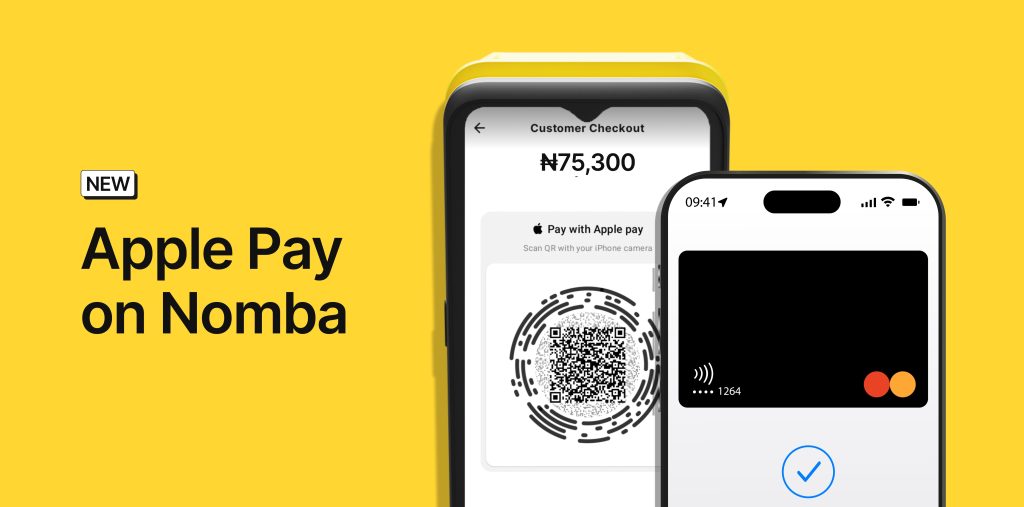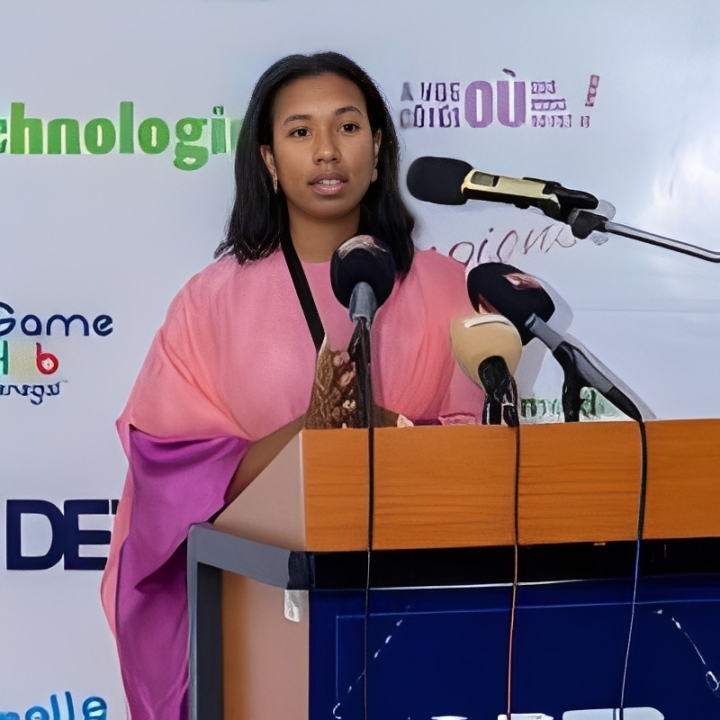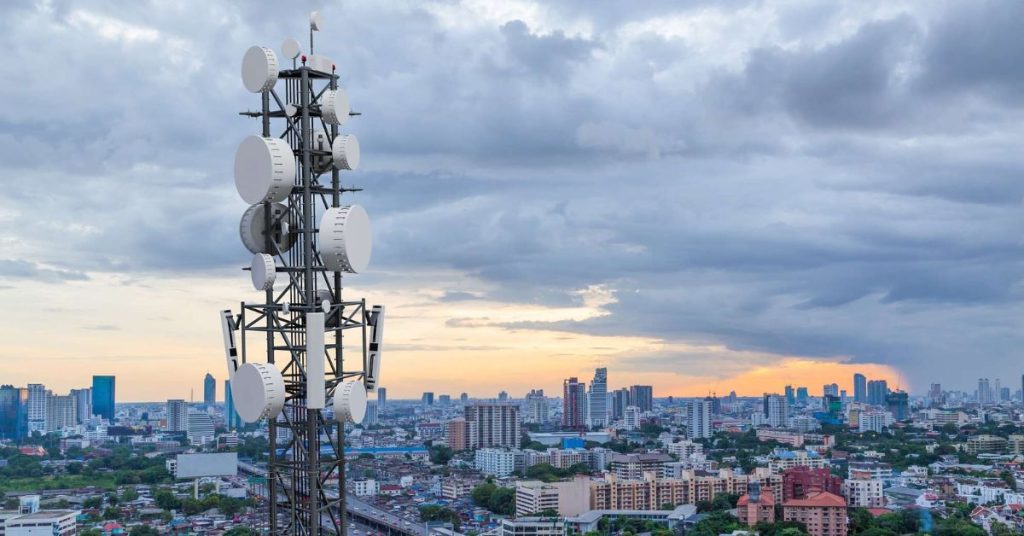In February, when Ola*, a software developer’s phone fell to the floor and stopped working, he knew it was time to get a new one. The only issue was, he didn’t have enough money to buy the iPhone 12 he wanted. He was torn between two options: get a cheaper phone to use temporarily or find a way to pay for the iPhone which cost ₦400,000 (~$800).
After some contemplation, he decided to get a new phone. He reached out to a friend for a loan. The friend recommended he try out a Buy Now, Pay Later (BNPL) scheme.
So Ola* looked up a couple of such schemes. The first one he saw required him to make a monthly interest repayment of 4.5%—that’d result in paying an interest of 27% in six months and 54% in 12 months. There was no way he was going to settle for this, so he kept on looking until he finally settled on using Carbon Zero, an offering by Carbon, a Nigerian digital lender. The promise of Carbon Zero was that consumers could shop online with Carbon-verified merchants and pay in instalments at 0% interest.
Ola* found the Carbon Zero price of the phone comparable to that of other merchants, so he was able to purchase his iPhone 12 and spread the repayment over four installments within six months.
After his experience, he hasn’t stopped recommending Carbon Zero to friends in similar situations.

The rave of the moment
The popularity of BNPL soared at the height of the pandemic due to the accelerated growth of online shopping. According to a report from Worldpay, the payment processing firm owned by FIS, global e-commerce transactions totalled $4.6 trillion last year, up 19% from 2019. BNPL schemes accounted for 2.1% ($97 billion) of that sum. This figure is expected to double to 4.2% by 2024, according to Worldpay.
How it works
Similar to loans, BNPL schemes allow consumers to buy an item more expensive than they might normally be able to afford in one go and spread the cost of their purchase over monthly installments. For retailers, two factors make BNPL appealing: an increase in e-commerce adoption, and the desire to reduce high cart abandonment rates.
How do BNPL providers make money? Providers that don’t charge an interest on repayment often take a cut from the merchant on each transaction. For example, Carbon charges merchants a commission fee of 4-5% on an item’s price, according to a merchant familiar with Carbon’s procedure. Retailers are incentivised to agree to this as it often leads to higher average order value and better conversion rates.
Some BNPL companies also generate income from late payment fees and interest on longer-term instalment plans.
Notably, BNPL startups raised a record $1.5 billion globally in 2020, according to CB Insights. By 2025, the sector is expected to hit $680 billion in transaction volume worldwide.
The global BNPL wave is currently led by Affirm in America, Klarna in Europe, and Afterpay in Australia. PayPal entered the sector last year. It’s also spreading to Africa.
In September, Australia-based fintech, Zip, acquired Payflex, a South Africa-based BNPL company, for an undisclosed amount, to strengthen its position in the South African market and across Africa.
The rise of African BNPL services like LipaLater and Specta by Sterling Bank as well as the expansion of Western companies to Africa suggest that BNPL products are here to stay and will inevitably spread across Africa.

The risks and challenges
Pay-later plans are particularly popular with millennial and Gen Z shoppers, and one of the main criticisms is that it encourages these consumers to spend more than they can afford. There are also concerns over how easily people can get into debt, sometimes without even realising it, since there are no hard credit checks involved.
BNPL has also been compared to controversial payday loans that allow short-term borrowing, often with high interest rates. While BNPL is typically interest-free, some providers charge high late payment fees.
As a result of the high late payment fees, hundreds of customers have filed complaints with relevant agencies about continuing to be charged for purchases they returned or being hit with unexpected fees.
Last year, almost half of UK BNPL users between the ages of 18 and 34 said they missed a BNPL payment, according to a November 2020 Capco report.
To reduce the backlash in the UK, last month Klarna started offering its Pay Now product, which lets customers pay the full purchase amount at checkout wherever Klarna is available, in the UK. Previously, UK customers had to choose a BNPL plan when checking out with Klarna. A sign that even BNPL companies are mindful of the fact that some consumers are better off paying off for items all at once.
In Africa, there are other concerns such as the lack of a proper and comprehensive credit scoring system as well as a fragmented identity infrastructure. What happens when consumers default on repayment? Which credit rating agency would handle this?
In the midst of all this, there’re still Africans that believe they’re better off waiting till they can pay for items upfront in full.
In the course of asking different people about their preference for or against BNPL services, I got an interesting response from Esther*, a Nigerian content marketer, who said, “Why would I use BNPL? I only pay for things I can afford.”
This makes me wonder whether BNPL schemes are as helpful as they seem at incentivising Africans to live beyond their means, or is Esther speaking from a standpoint of privilege because she’s not been as stranded as Ola?
BNPL, just like other credit facilities, offers consumers an opportunity to manage their cash flow better, but there’s also the risk of the consumer misusing the opportunity.
*Name changed to protect the source’s identity
Daniel Adeyemi Senior Writer, TechCabal.





